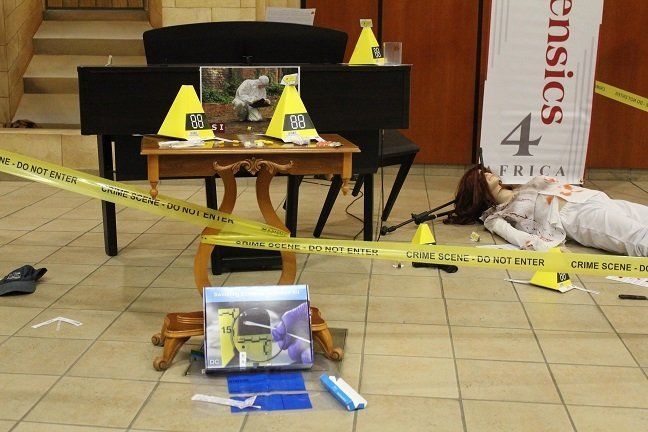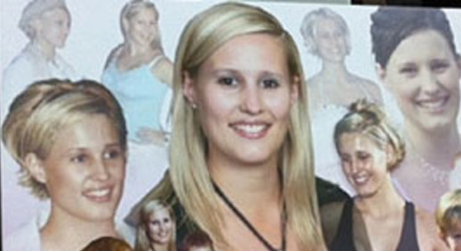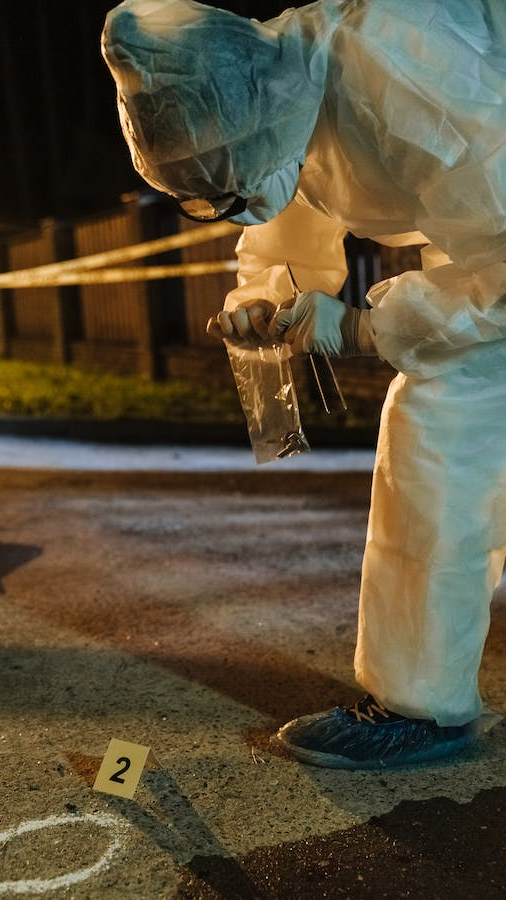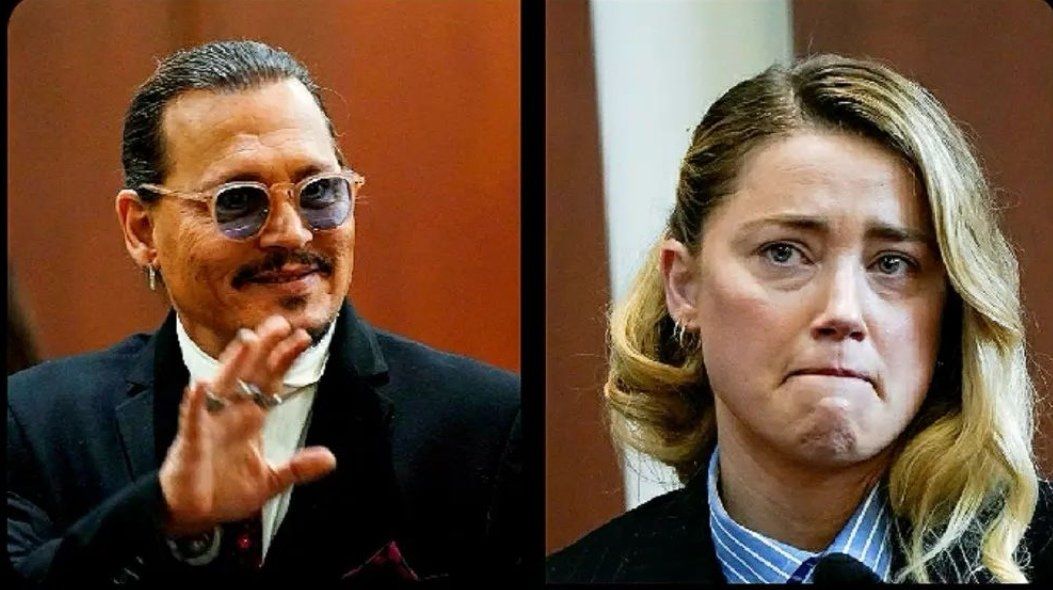U.S. Mexican Border Crossings
DNA Deep Dive into Ancestry of the Desert Dead
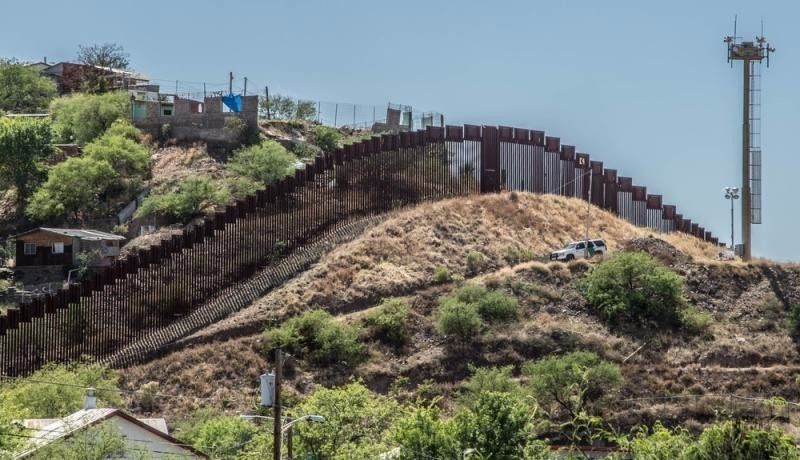
A humanitarian tragedy continues to unfold along the U.S.-Mexican border. As American border security has tightened since the 1990s, a “funnel effect” has pushed people seeking to sneak into the U.S. into more remote areas, particularly the inhospitable Arizona desert. Thousands have died from heat and exposure, and occasionally homicide. Hundreds remain unidentified. But a new deep dive into the DNA of these nameless dead has indicated they have disproportionately greater Native American ancestry rather than European genetics, a team reports this week in the journal American Anthropologist. The work makes new forays into how much traditional DNA databases can tell us about the most desperate, and desperately unknown, persons of all. PULLING ANCESTRY FROM CODIS The paper looks at 238 unidentified persons and 118 identified people based on the 13 CODIS markers in their genetic profiles. Those profiles were compared to a reference samples of some 1,200 predominantly indigenous people, as well as approximately 1,000 people of mostly European background, along with nearly 100 African-Americans. Ancestry is not supposed to be encoded in the simple set of CODIS markers, which was intended in the 1990s to be a series of simple individual identifiers without any other information attached. But some of the authors, including Bridget Algee-Hewitt of Stanford University, dropped a bombshell analysis last year in the journal Current Biology : CODIS markers do indeed tell a story of ancestry that is just beginning to be understood. The latest exploration of the unidentified border crossing (UBC) dead is external validation of those revelations, said Algee-Hewitt. The DNA showed these dead of the Arizona desert, examined at the Pima County Office of the Medical Examiner from 1972 to 2013, fit a trend. The UBCs were mostly from native populations in the southernmost states of Mexico. "Identification bias" is shown in the ongoing years of anthropological work, said Algee-Hewitt. Increasing numbers of people with more European genes are successfully identified, while the indigenous people continue to go unnamed. Because the people were generally disenfranchised and desperate in life, their deaths left an unanswerable riddle for authorities on both sides of the border. The complex racial history of Mexico complicates what is happening along the border, added Cris Hughes, an anthropologist at the University of Illinois who is another of the authors. “In Mexico, indigenous populations are concentrated in southern states, and poverty is more prevalent in the south,” said Hughes. “There is a deep distrust between indigenous peoples in Mexico and their government, founded on a history of oppression by those in power.” Further breakthroughs were also made by Algee-Hewitt, well-known for her work in craniofacial measurements and bone aging through pelvic observations. The Stanford anthropologist told Forensic Magazine that applied craniometry also backed up the DNA findings— preliminary results of which were presented at the annual February meeting of the American Academy of Forensic Sciences. “The quantity of Native American ancestry has increased in recent years, is distributed along a Northwest to Southeast geographic cline, and is greatest among individuals for whom ID status is low and identification-related information (e.g., place of birth or origin) is incomplete,” said Algee-Hewitt. The work is ongoing, she added. ‘THE DESERT DOESN’T DISCRIMINATE’ These people die along the border mostly as they seek specific blue-collar jobs in the United States, according to Bruce Anderson, a forensic anthropologist at the Pima County Office of the Medical Examiner, and one of the authors. Nearly 3,000 people have died along the border over the last 18 years, Anderson told Forensic Magazine. The environment is unforgiving, even among the younger males who attempt to make the crossing. “The desert doesn’t discriminate based on ancestry,” Anderson said. “It’s always been a deadly crossing, and it’s only gotten more deadly since the INS changed their policies in the 1990s.” Anderson and others have demonstrated in a series of papers how the so-called “funnel effect” of tightening border security in California and Texas had driven smugglers and the immigrants to the more desolate deserts of Arizona—and increased danger. A separate 2014 investigation in the Journal on Migration and Human Security found that most border crossings were made during the summer months. That was exactly why most of the hundreds of deaths annually were due to hyperthermia and other heat-related environmental causes, they found. But often the cause is not known—especially if only bones are left, Anderson said. The populist campaign of Donald Trump that won the U.S. presidency last November was based on a promise to build a wall along the border with Mexico, at Mexico’s expense. Anderson said knowing the realities of the smuggling along the border has shown that a complete wall will be an impossibility, due to geography and the persistence of people seeking a way under or around it. The end result of building a new wall will be more bones out in the desert, Anderson added. “If you put a wall between a desperate person and their goal, they will find a way around it,” said Anderson. “Probably more deaths will occur.”
SOURCE:
ForensicMag
